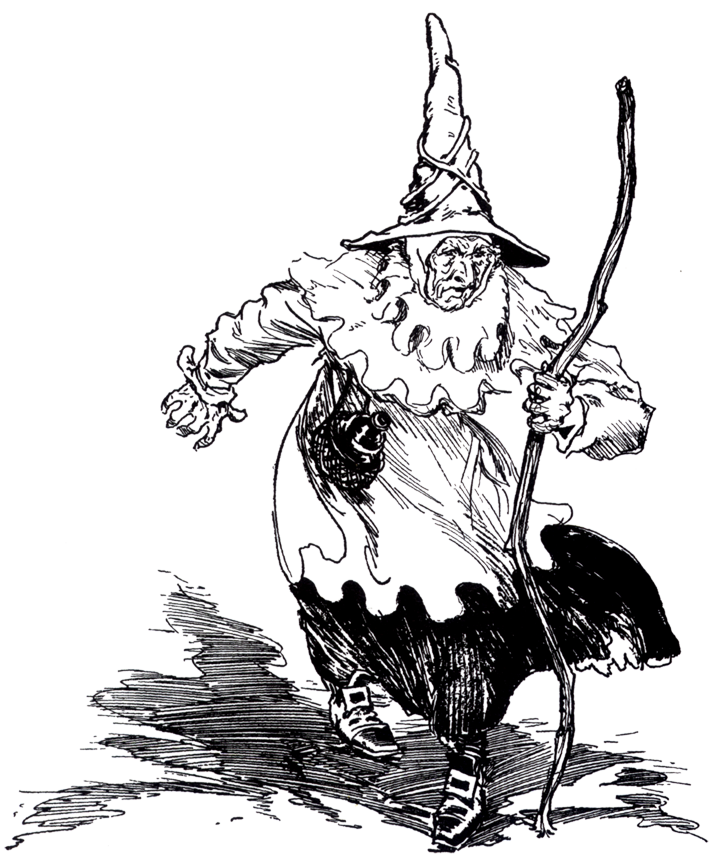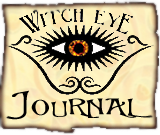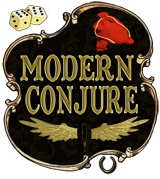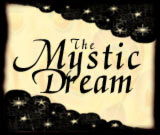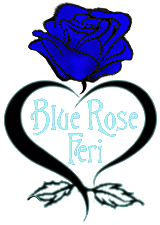  |
|||||||||||||
|
|||||||||||||
Ana, the crone of Feri Tradition, has many names through which she is known: Anu, Ana, Annys, Anysa, Arianrhod of the Silver Wheel, Baba Yaga, Black Ana of the Forbidden Mysteries, Black Annis, Cailleach, Cerridwen, Dark Goddess, Grandmother Spider, Hecate, Kali, Lilith, the Morrigu, Queen of the Dead, Santa Muerta, Spirit of Night, Winter Queen
From "Crone" The Crone is a stock character in folklore and fairy tale, an old woman. In some stories, she is disagreeable, malicious, or sinister in manner, often with magical or supernatural associations that can make her either helpful or obstructing. The Crone is also an archetypal figure, a Wise Woman. She is marginalized by her exclusion from the reproductive cycle, and her proximity to death places her in contact with occult wisdom. As a character type, the crone shares characteristics with the hag. The word "crone" is a less common synonym for "old woman," and is more likely to appear in reference to traditional narratives than in contemporary everyday usage. The word became further specialized as the third aspect of the Triple Goddess popularized by Robert Graves and subsequently in some forms of neopaganism, particularly Wicca in which she symbolizes the Dark Goddess, the dark of the moon, the end of a cycle.
From "The Spiral Dance" Visualize a waning crescent, curving to the left, surrounded by a black sky. She is the Old Woman, the Crone, who has passed menopause, the power of ending, of death. All things must end to fulfill their beginnings. The grain that was planted must be cut down. The blank page must be destroyed for the work to be written. Life feeds on death - death leads on to life, and in that knowledge lies wisdom. The Crone is the Wise Woman, infinitely old. Feel your own age, the widsom of evolution stored in every cell of your body. Know your own power to end, to lose as well as to gain, to destroy what is stagnant and decayed. See the Crone, cloaked in black, under the waning moon. Call her name, "Anu!" and feel her power in your own death.
From "Faery Crossroads" (expired website) She is the Spirit of Night, the sleeping body of the Earth in Winter. Because She is no longer fertile, there is something androgynous about Her. Her partner is the androgynous Winter King. She is visualized most often as an old woman in a black hooded cloak with pure white hair and skin. She carries a silver sickle and She is crowned with nine blue stars. She has a second form, called Ulli, a sweet old grandmother whose color is royal blue. Her symbol is the Crow or Raven, in some cases the Vulture.
From "The Gods Of Infinity" Anna, the hag, who is the dread power of winter and of death. It is She who has accumulated the wisdom of the forbidden knowledge of Witchcraft (and indeed one of her titles, "Black Anna of the Forbidden Mysteries" leaves little room for debate on this matter) as well as direct knowledge of death and of healing. She wears a crown of nine stars and is sometimes accompanied by a raven or vulture, which is also Her emblem. The lunar symbolism continues with her traditional garb in that she holds a silver sickle, the crescent-shaped scythe that resembles the form of a waning moon.
From "Feri FAQ" According to Barbara Walker, editor of The Woman's Encyclopedia of Myths and Secrets, the name appears in a great many cultures, some widely separated by time and/or space. Thus, there is Anna-Nin, Nana or Inanna, Queen of Heaven in Sumeria (An means Heaven in Sumerian, according to Graves), Anatha, (Syria), Anat (Canaan), Ana or Anah (Old Testament), Di-Ana (Semitic) or Dinah (from the Syriac version of the Old Testament, referring to the goddess of the Dinaite tribes in Sumeria), both uses of "Di" referring to divinity or godhead, Anna (Pelasgian Greek), Nanna (the incarnation of the Danish Goddess Freya as the mother-bride of Baldur), Anu (early Danaan Goddess in Ireland), Ana or Anan, which Robert Graves says are names for the Goddess Danu, who had two aspects, one nurturant, the other maleficent, as which she was sometimes known as Morg-ana to the Irish ("Death Ana," one third of the triple Goddess known as The Morrigan, ("Great Queen"); Anna Perenna (Roman), Black Annis of Leicester to medieval Christians, who lived on "Dane Hill" (Danaan?) and used to devour children -- ending with St. Anne, mother of the virgin Mary, grandmother of God. This long history seems to me too ubiquitous to be reduced to an abstraction! It goes even further: Graves cites the view of a Mr. E.M. Parr that Athene was another Anna namely, Ath-enna, which occurs in inverted form in Libya as Anatha. Graves' verdict on the subject is "...if one needs a single, simple, inclusive name for the Great Goddess, Anna is the best choice."
|
|||||||||||||
|
|||||||||||||


